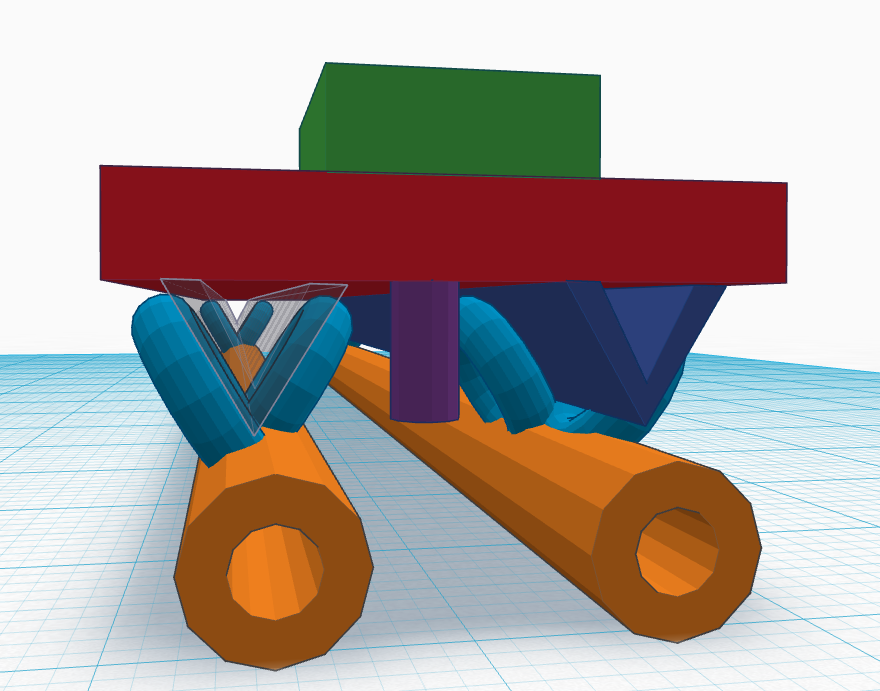Student: Kevin Secretan
The goal of Project RADAR is to use radar imaging to possibly detect human survivors in burning or collapsed buildings. The project focuses on using Synthetic Aperture Radar (SAR), as SAR images are a useful tool for picking out possible humans. Recording the information for a SAR image using this radar system requires moving the radar in a straight line over ten feet, in two inch increments, acquiring range data at each point. To move the radar automatically a time lapse dolly was constructed out of PVC pipes, rollerblade wheels attached to a platform, and a DC motor, driven by a MSP430 microcontroller.

Project RADAR initially focused on understanding and duplicating one of MIT’s OpenCourseWare projects, which describes how to create a simple radar system for a little over $300 that can sense moving target speeds and moving target ranges. New Python code processes the radar’s data in real-time, and shows live range spectrograms to users wirelessly through their web browser. The web interface decouples the display of data from the physical location of the processor, allowing all software to be run on an embedded device.
By collecting range information in a certain way, a user can generate Synthetic Aperture Radar (SAR) images. A Python version of the algorithm which makes the SAR images was written, because MIT’s Matlab script would take many minutes on a powerful PC to process the data, and when using Octave on an even more powerful PC, the script would take half an hour or more. Our Python implementation of the SAR image generation algorithm produces equivalent outputs to the Matlab version.

A Printed Circuit Board (PCB) was created to reduce weight and size for portability and to improve reliability. An embedded processor board was used to replace the processing computer, so the radar can function as its own standalone unit. It only requires a network connection so that other devices can see its data and make the radar perform certain actions. Cantennas from Quonset Microwave were used and seem to give slightly better results than the panel directional antennas.
Secretan, K. “Project RADAR”, Digipen report, 33 pages, 2014 (PDF)